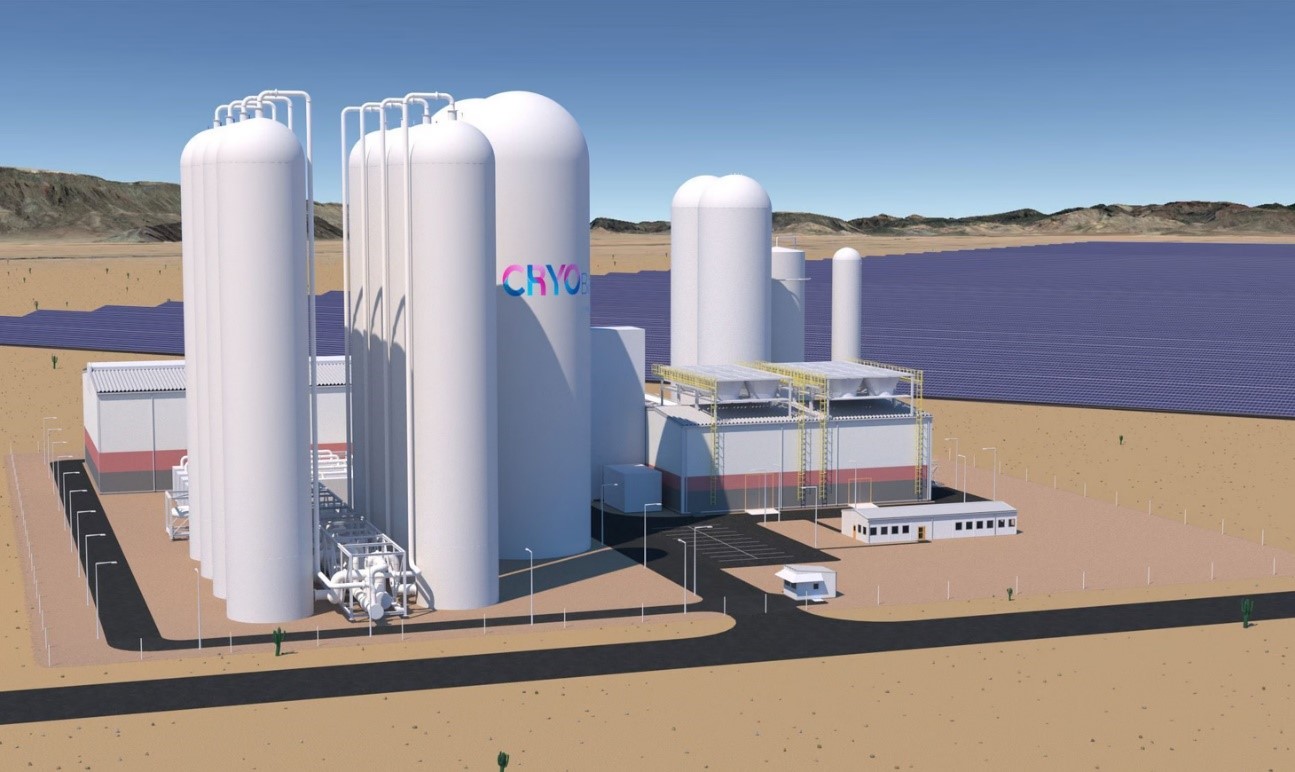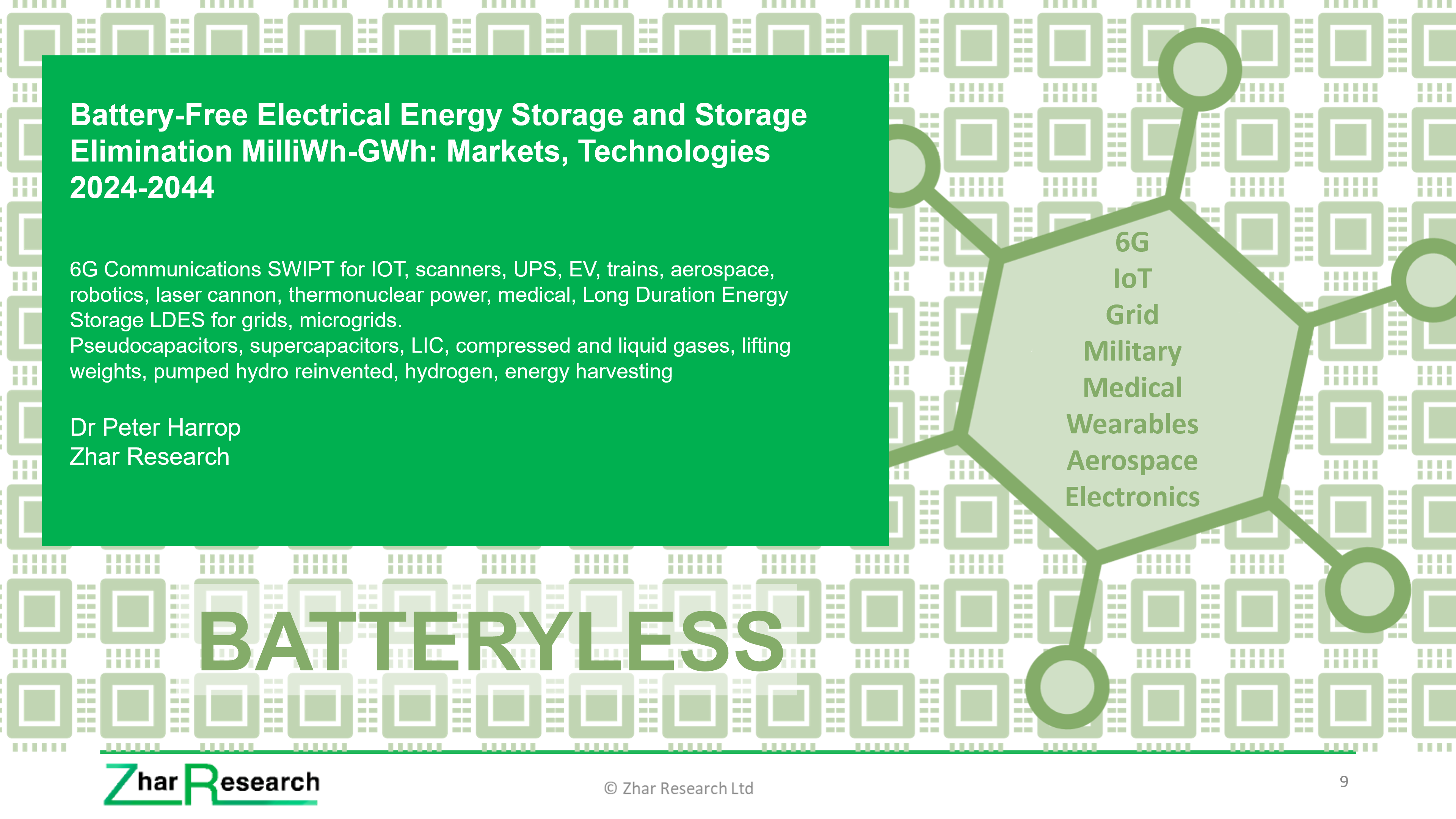Chile On Track to Become the Next Norway with New Technology
Chile and Norway are both very long, thin countries with mountains on one side, sea on the other, extremes of climate top to bottom. Their people mainly live in the temperate part, exporting minerals and fish. GNP is similar but for Norway it is $120k per person against Chile only $27k per person. Zhar Research believes Chile has the potential to catch up, even overtake and create a trillion-dollar national wealth fund like Norway today. For example, Chile is much bigger and has many more people. Its sea area is 11 times its land area yet Norway, with “only” sea area six times its land area makes that responsible for 40% of its value creation and 70% of its exports.
Of course, political stability and sensible decision making are essential. Chile is the most stable country in South America and the resulting immigration problem can be turned to its advantage.
Electrification leaders
Its approach to electrification is mostly excellent. It is the world’s largest exporter of the copper central to all electrification and it exports 30% of the lithium carbonate for our batteries. Norway has 90% hydroelectric power and exports $2 billion of electricity every year to neighbouring countries like the UK. The Atacama desert in Chile is capable of supplying more than Chile’s needs so it can become an electricity exporter too and with cheap electricity so it deliberately attracts energy intensive industries like smelting as Norway does already. Chile is 20% hydroelectric.
Chile installs solar panels and concentrated solar generators (all those mirrors) to make Atacama electricity. Nine projects pairing solar or wind with energy storage have recently submitted environmental impact assessments (EIAs) in Chile, totalling over 2GWh of capacity, $1.7 billion, supporting the national target of 70% renewable electricity generation by 2030. The largest is Wayra Wind Farm project, that will combine wind and solar arrays into 557MW of generation with 750MWh of energy storage capacity by 2027.
Chile buys back its lithium in large grid batteries that balance the generation and load through the day but the cleverer next thing is becoming more viable. For this it will not import monster lithium-ion batteries but install and operate batteryless technologies that serve both that short term and new longer term needs for delayed electricity from wind and solar power, for which those batteries are useless.
For example, solar is dead at night so Highview Enlasa, the joint venture between Highview Power and Chile’s Energía Latina S.A. (Enlasa), is developing the first liquid air long-duration energy storage project in Chile. That 50MW/500MWh (10 hours) CryoBattery, the world’s largest is costing $150 million. It is being installed in Diego de Almagro in the Atacama Region. Pumped hydro storage is being considered in Chile’s mountains, delaying electricity from one hour to one month as required. On the other hand, Hydrostor is behind the compressed air storage in Chile with a complementary mix of benefits. See Zhar Research report, “Long Duration Energy Storage LDES Markets 2023-2043: Grid Microgrid Delayed Electricity 6 Hours to seasonal”.
Chile becomes a global demonstrator of the megatrend to battery-less technology. See Zhar Research report, “ Battery-Free Electrical Energy Storage and Storage Elimination MilliWh-GWh: Markets, Technologies 2024-2044”.
The UK is running a cable from the desert of Africa to obtain that solar power and a similar length of cable to take Atacama electricity to the icy south of Chile but the cleverer move is solar and solar/ wind microgrids for Chile’s isolated communities, farms and mines. It brings a need to compensate solar providing one fifth of the power in winter and wind dead for a month at a time as is also true in most of Europe and East Asia. That calls for different Long Duration Energy Storage LDES for 6 hours to seasonal duration and averaging about one month of subsequent discharge. For those large numbers of local generators, the massive earthworks and long delays for approval and installation that are acceptable for a small number of grid facilities are unrealistic as is their high up-front cost. Zhar Research finds that advanced conventional construction batteries, redox flow batteries and some of that liquid air energy storage will win for these beyond-grid storage needs with some place for other options. See Zhar Research report, “Long Duration Energy Storage LDES Beyond Grids: Markets, Technologies for Microgrids, Minigrids, Buildings, Industrial Processes 0.1-500MWh 2024-2044”.
To get wealthy, Chile knows it must address imports notably the 21% that is crude and refined oil, coal, gas and lubricants and the next item - vehicles. That means a modern railway where the $5 billion allotted for all Chile is inadequate. It is half the cost of the Stuttgart spent on one railway station upgrade and one fifth the cost of the strip of Elizabeth Line across London. Also contrast Norway which has a $150 billion plan for modernising transport infrastructure. New cost-saving railway technology should be considered by Chile such the battery trains being installed on spur lines in several countries to avoid expensive catenary. Trackside solar can make the electricity: no fuel needed.
World leader in transport
For modern transport, best-in-class is Norway which has the world’s longest road tunnel. It has more fjords (sea inlets) than anywhere yet they are the world’s first seas with zero emission regulation. Norway has the world’s largest adoption of battery electric road vehicles. It even has dates set for entirely electric coastal shipping and entirely electric regional aircraft. All last longer and need far less maintenance so imports of vehicles and parts drop, imported fuel is eliminated – just the ticket for Chile. Santiago trapping all that dirty air is another incentive for it to act.
Tackling the severe water problem
Chile has a severe water problem aggravated by mining, agriculture and global warming. Fortunately both massive water saving and water sourcing are possible. Saving water, even Scotland has some saline (saltwater) farming. In the Arabian Gulf, it even includes appropriate forms of barley. Many countries adopt aquaponics, growing fish and edible plants in one closed system or just hydroponics for the plants. Hydrogels take water from the air and deliver it slowly in agriculture and greening of deserts. See Zhar Research Report, “Hydrogels: Future Technologies and Markets 2024-2044”. All these options reduce water usage by 99% compared to the conventional agriculture in Chile. Agrivoltaics involves raised solar panels over fields which conserve water, produce electricity and improve yields by protecting crops and livestock from wind and peak sun. Farming in greenhouses also reduces water use and nowadays their glass produces electricity too.
Dr Peter Harrop, CEO of Zhar Research advises,
“For water supply, Chile must consider solar desalination on the grand scale. It must check out canals even across deserts that are covered with solar panels reducing evaporation as seen in the Arabian Gulf and India. It must evaluate 600km water pipes from the mountains like Los Angeles. In fact, the sparsely populated southern provinces of Chile receive large quantities of rain and snow. No, Chile will never have 350,000 lakes like Norway, exporting pristine tap water. That is going too far!”
Zhar Research reports can be obtained from www.zharresearch.com and www.giiresearch.com
Press release distributed by Pressat on behalf of Zhar Research , on Tuesday 31 October, 2023. For more information subscribe and follow https://pressat.co.uk/
Chile South America Latin America Batteryless Energy Green Energy Solar LDES Hydrogels Microgrids Energy Storage Future Technology Hydro Business & Finance Consumer Technology Education & Human Resources Environment & Nature Government Manufacturing, Engineering & Energy Opinion Article
Published By

anastasiams@zharresearch.com
https://www.zharresearch.com/
Dr Peter Harrop
peterharrop@zharresearch.com
Visit Newsroom
You just read:
Chile On Track to Become the Next Norway with New Technology
News from this source:




